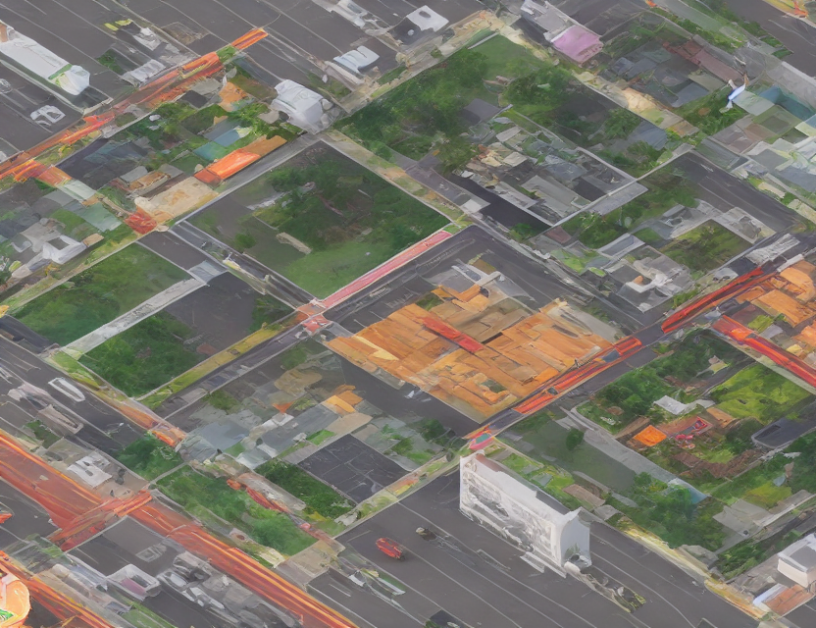In this article, we’ll dive into the world of diffusion models, a type of machine learning model that can generate high-quality images from textual descriptions. Imagine you have a magic wand that can turn words into pictures – that’s essentially what diffusion models do! They use large collections of image-caption pairs to learn how to create images based on text prompts. However, these models struggle to accurately recreate specific subjects or generate novel renditions in different contexts. That’s where stable diffusion comes in, a new solution that combines the power of diffusion models with the ability to add conditional control over the generated images.
Think of stable diffusion as a conductor leading an orchestra – it takes the existing knowledge of diffusion models and adds a new layer of control to create images that meet user-specific needs. The model represents each subject with rare token identifiers, allowing for more accurate reconstruction of specific subjects in different scenes. It’s like having a personalized image generator that can create unique and diverse images based on your preferences!
The article also discusses the challenges of existing text-to-image models, which often struggle to accurately recreate subjects or generate novel renditions. Stable diffusion addresses these issues by adding conditional control over the generated images, allowing for more accurate reconstruction of specific subjects and the ability to create novel renditions in different contexts.
In summary, this article provides a comprehensive survey of diffusion models and their applications, including stable diffusion, which offers a new solution for creating high-quality images from textual descriptions while adding conditional control over the generated images. It’s like having a magic wand that can turn words into pictures with unparalleled accuracy and customization!
Computer Science, Computer Vision and Pattern Recognition
Enhancing Image Generation with Conditional Text Prompts



